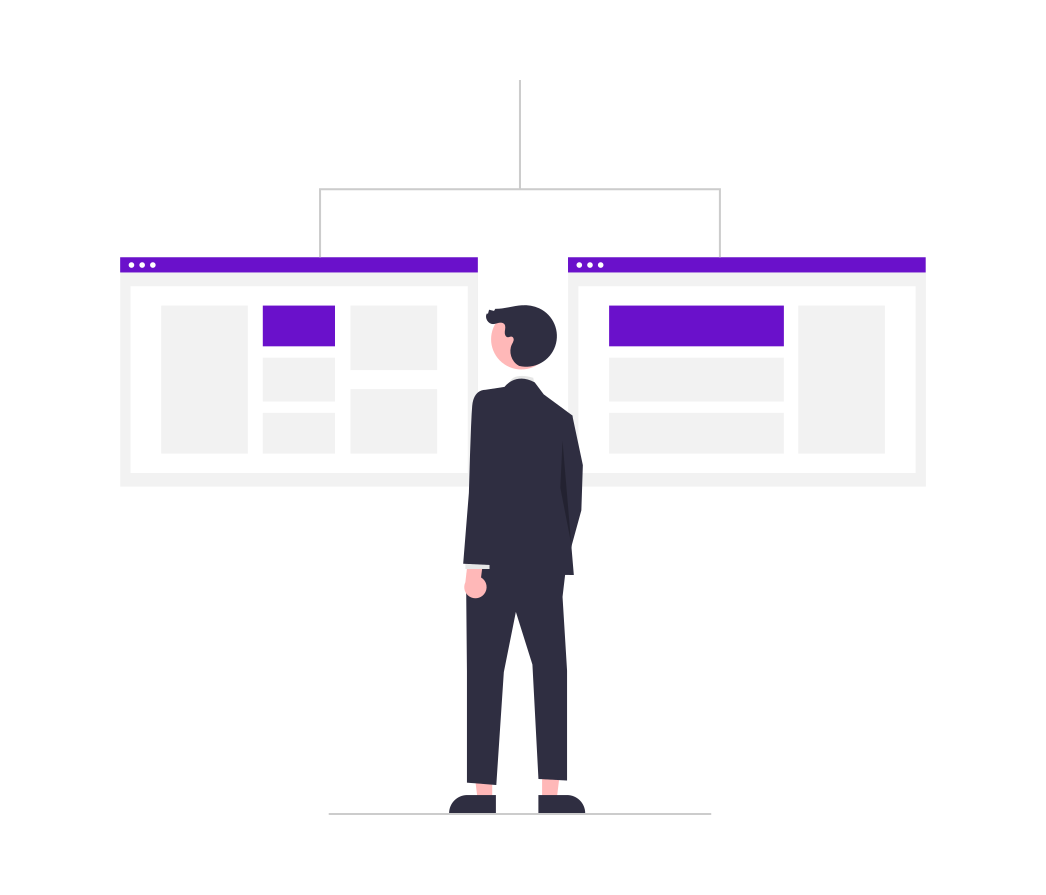Behavioral segmentation is an essential component of modern marketing strategies. By focusing on customer actions and patterns, marketers can design highly targeted campaigns that resonate with their audience's behaviors and preferences. This blog will explore the concept of behavioral segmentation and provide actionable tips to enhance customer engagement.
What is Behavioral Segmentation?
Behavioral segmentation involves dividing your audience based on their behaviors, such as purchasing habits, browsing activities, engagement levels, and product usage. This approach helps marketers understand how customers interact with their brand and what drives their decisions, allowing for more precise and impactful marketing efforts.
Types of Behavioral Segmentation
1. Purchase Behavior
Purchase behavior segmentation categorizes customers based on their buying patterns, frequency of purchases, and purchase value. Understanding these behaviors helps in identifying loyal customers, occasional buyers, and those who need incentives to convert.
2. Usage Behavior
This type of segmentation looks at how customers use your product or service. It can include factors such as usage frequency, features utilized, and duration of usage. Segmenting by usage behavior helps in tailoring messages that encourage more frequent or extensive use of your offerings.
3. Engagement Behavior
Engagement behavior focuses on how customers interact with your brand across various channels. This includes email opens, social media interactions, website visits, and content consumption. By analyzing engagement behavior, you can identify highly engaged customers and those who need re-engagement strategies.
4. Benefit Sought
Customers often seek specific benefits from products or services. Segmenting based on the benefits sought allows you to align your marketing messages with the specific needs and desires of different customer groups. This can range from quality and convenience to cost savings and premium features.
5. Loyalty Status
Loyalty segmentation identifies customers based on their loyalty to your brand. This can include loyal customers, new customers, and those at risk of churning. Tailoring your marketing efforts to different loyalty segments helps in nurturing relationships and reducing churn rates.
Implementing Behavioral Segmentation
Step 1: Data Collection
Gather comprehensive data on customer behaviors. Utilize tools such as:
- Web Analytics: Track website interactions, page views, and click-through rates.
- CRM Systems: Monitor purchase history, contact interactions, and service usage.
- Email Marketing Platforms: Analyze open rates, click-through rates, and engagement metrics.
Step 2: Data Analysis
Analyze the collected data to identify patterns and trends. Use segmentation tools and techniques to categorize customers based on their behaviors. Look for commonalities and differences that can help in creating distinct segments.
Step 3: Define Segments
Define clear and actionable segments based on your analysis. Each segment should represent a unique group of customers with similar behaviors. Ensure that the segments are meaningful and relevant to your marketing goals.
Step 4: Develop Targeted Strategies
Create tailored marketing strategies for each segment. Consider the following approaches:
- Personalized Messaging: Craft messages that resonate with the specific behaviors and preferences of each segment.
- Targeted Promotions: Offer promotions and discounts that align with the purchase behaviors of different segments.
- Content Customization: Develop content that addresses the interests and engagement levels of each segment.
Step 5: Monitor and Optimize
Continuously monitor the performance of your segmented campaigns. Use analytics tools to track key metrics such as engagement rates, conversion rates, and customer satisfaction. Based on the results, optimize your strategies to improve effectiveness.
Benefits of Behavioral Segmentation
Increased Relevance
Behavioral segmentation allows you to deliver highly relevant messages that resonate with your audience's actions and preferences. This increases the likelihood of engagement and conversion.
Improved Customer Experience
By understanding and addressing the specific needs and behaviors of different segments, you can enhance the overall customer experience. Personalized interactions make customers feel valued and understood.
Higher Conversion Rates
Tailored marketing strategies are more effective in driving conversions. When customers receive messages and offers that align with their behaviors, they are more likely to take action.
Enhanced Loyalty
Behavioral segmentation helps in identifying and nurturing loyal customers. By rewarding loyalty and addressing the needs of at-risk customers, you can build stronger relationships and reduce churn.
Practical Tips for Effective Behavioral Segmentation
Leverage Automation
Use marketing automation tools to streamline the process of data collection, analysis, and campaign execution. Automation allows for real-time segmentation and personalized messaging at scale.
A/B Testing
Conduct A/B testing to determine the most effective strategies for each segment. Test different messages, offers, and channels to identify what works best and refine your approach accordingly.
Regular Updates
Behavioral patterns can change over time. Regularly update your segments and strategies based on new data and insights to ensure continued relevance and effectiveness.
Cross-Channel Consistency
Ensure consistency across all marketing channels. Customers should receive a seamless and cohesive experience, regardless of the platform they interact with.
Conclusion
Behavioral segmentation is a powerful tool for driving customer engagement and improving marketing effectiveness. By understanding and targeting customer behaviors, you can create personalized experiences that resonate with your audience and achieve better results. Implement the strategies and tips discussed in this blog to enhance your marketing efforts and drive customer engagement.


